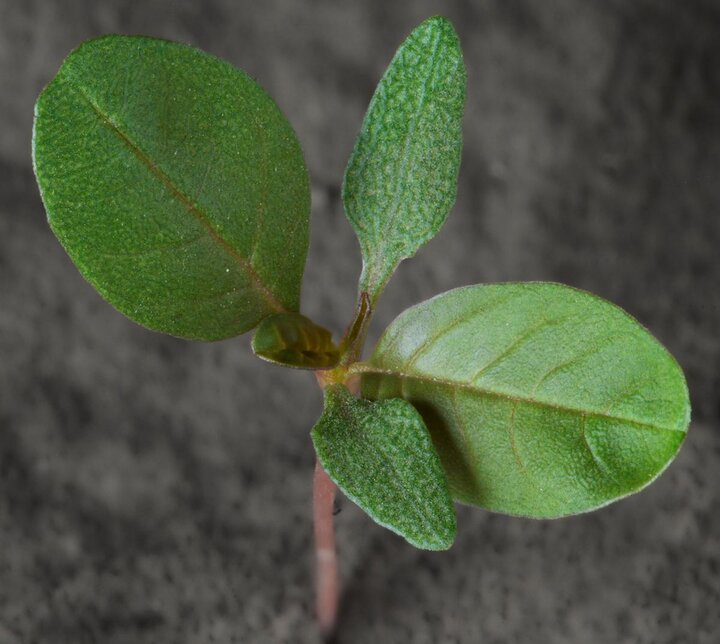The majority of corn is planted and soybean planting is progressing quickly in Nebraska.
Growers should be on the lookout for common waterhemp and Palmer amaranth, which typically start emerging in the first or second week of May in Nebraska and continue emerging up to late August. Although both species belong to the Amaranthaceae (pigweed) family, they are different species.
Following are two tips on how to differentiate Palmer amaranth and common waterhemp seedlings.
- The cotyledons of Palmer amaranth are relatively long and narrow (Figure 1) compared with common waterhemp (Figure 2).
- The true leaves (those produced after the cotyledon leaves) of Palmer amaranth have a small notch (hair) in the tip (Figure 3). This hair may not be present in each leaf notch of a Palmer amaranth plant and tends to be less common on true leaves in the common waterhemp seedling (Figure 4).
Early identification of common waterhemp and Palmer amaranth is important to apply herbicide that can effectively control them. Palmer amaranth is more aggressive and difficult to control compared with other pigweed species.
To learn more about control options, refer to the 2017 Guide for Weed, Disease, and Insect Management in Nebraska.



